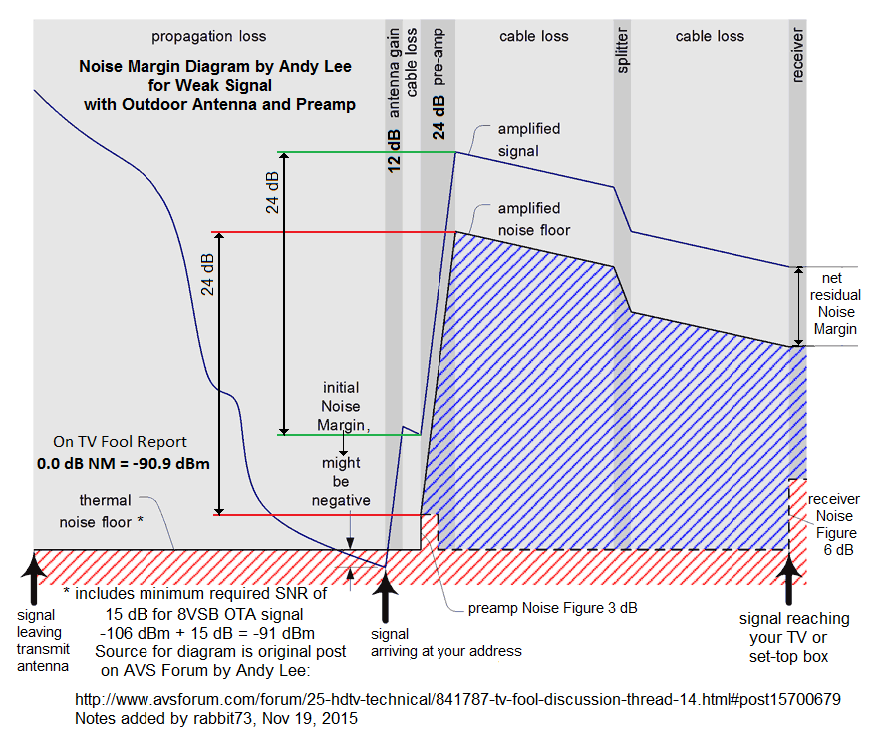What’s that weird outdated white piece of “technology” hanging on your wall?
Not weird or outdated, IP phone system, Ooma. Phone costs me $4.00 a month.
Yes, if anyone is experiencing reception issues, please drop us a line. We can take a look more closely at what might be happening in your case.
lol, my wife’s grandmother still has a rotary phone… I had to take a photo of it when we visited a few years back.
My wife’s requirement for getting rid of the land line was the system has to behave just like a traditional landline. Ooma gets the job done. Tablo landed in the house because we needed a DVR for CBS (which is not part of Hulu) and we wanted to be able to watch television off our iPads. So say the football game is on and I want to work on my motorcycle in the garage, now not a problem.
We did something similar using Skype. Bought some Skype phones for that as well as a “landline” number from Skype for our relatives to call.
As someone interested in antennas and tuners from an electronics side, I would love to eventually know what is happening when the tuner and\or software changes sensitivity due to changes in the device firmware.
The tuner Tablo uses is not their own chip and probably Tablo uses the tuner manufacturer’s device driver. So if it is not an antenna reception or a signal distribution problem, I’d be curious from a technical standpoint to know what is going on (apart from a reset the Tablo).
My Hauppauge PC tuner has received several firmware upgrades over the years to refine and retune the tuner’s sensitivity.
What do you guesstimate the db loss to be with a regular 2 way splitter? I imagine it to be fractional as the signal strength to TV tuner has remained unchanged.
A two way splitter loses 3.5 db per leg. Considering that an antenna without a preamp gets between 6 to 11 db of signal, that is almost a 50% split in signal strength between each leg.
There are two factors in assessing a signal: signal strength and signal quality (SNR - signal to noise ratio). The SNR value determines the quality of reception. One can have a smaller signal and a better SNR or a larger signal and a worse SNR. Signal strength by itself is not the sole indicator of reception quality.
Here is an image that shows how all the factors contribute to the reception quality (a bit complicated):
LOL Max. I purchased an old, old and heavy rotary phone from St Vinny’s for my elderly aunt when the more modern touch tone phone was too confusing for her. Cost me $8. When she could no longer live on her own I kept the phone and connected it to my Vonage system. Works great and is by far the clearest and cleanest sounding phone in our house. I love using it. But it’s amazing just how long it takes to dial a number compared to push buttons.
Yes, but consider the benefits of the extra physical workout.
Not to be pedantic, but 3.5dB/dBm loss is more than a 50% loss of the original signal strength.
That’s right. A splitter - that little $2 device - is not the neutral device people think it is. Apartment antennas usually generate 6 db of gain. A rooftop antenna such as a Channel Master 4228 yields on average about 11 db. So the splitter loss (properly called “insertion loss”) is in context of the source + split. The higher the antenna gain, the lesser impact of the split. An amp helps mitigate the split.
Which is why, when @gerald_goldner puts up a larger rooftop antenna after having tried internal antennas his signal strength doesn’t suffer from a split. But then apartment and condo dwellers are in a different situation.
BTW I mentioned in another thread regarding my antenna system that I had a 3 way splitter. Since I didn’t want to guess which was the weakest leg (the normal 50-25-25 split), I ordered what is called a “balanced” splitter in which the split is evenly distributed across all legs. The normal 3 way splitter sold in stores is actually made of two 2 way splitters internally; that’s why the third leg has a higher insertion loss where the two splitters meet.
Thanks. I’m going to need a code breaker to decipher that graph.
The graph is not that complicated. You have a noise floor, think of that as background noise. Kids talking, dogs barking, road traffic, that kind of thing. You have a person talking to you, they have to speak loud enough to overcome the background noise and they have to speak loud enough for you to hear them. Your ability to hear them speaking is the same thing as receiver sensitivity. Too much background noise or they are too far away or speaking too softly you can’t hear them. An amplifier is like speaking into a bull horn, it amplifiers your voice or the signal. Just make there is not too much background going into the bullhorn or amplifier or you will just get a nasty mess nobody can decipher. The farther away the signal the closer it is to the noise floor and the harder time it is for the receiver to differentiate the noise from the desired signal. Just like the farther a person talking is away from you the harder it is to hear them speak. Same concept, just a different frequency range.
